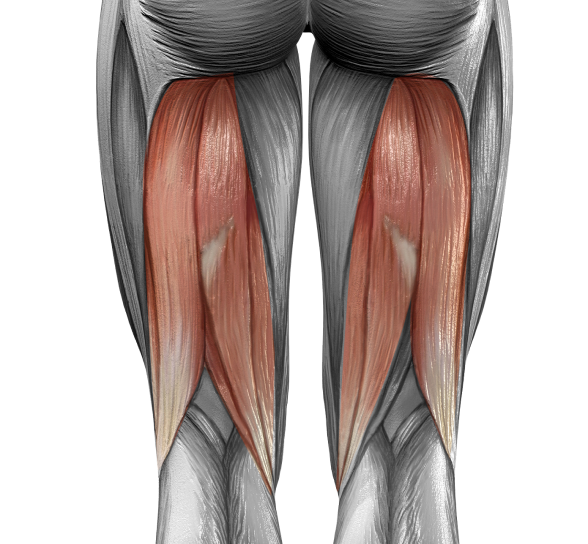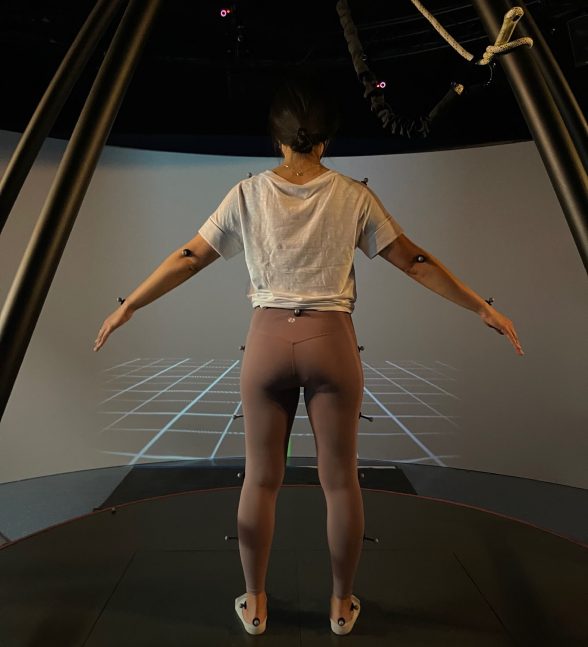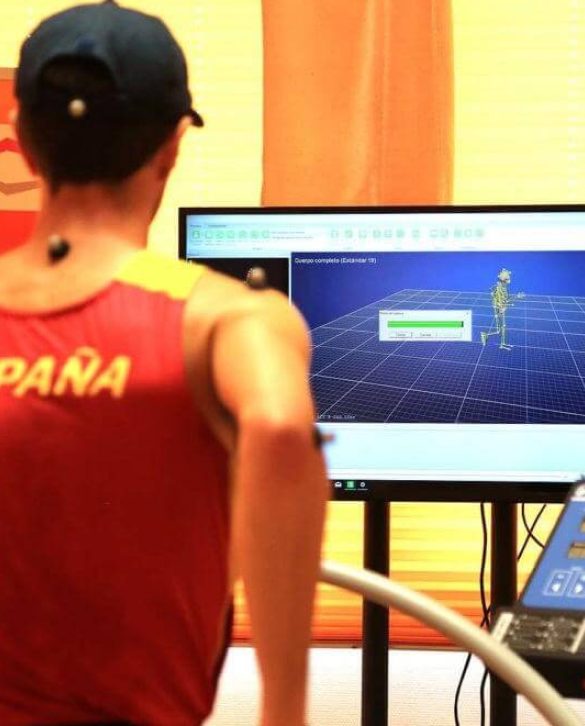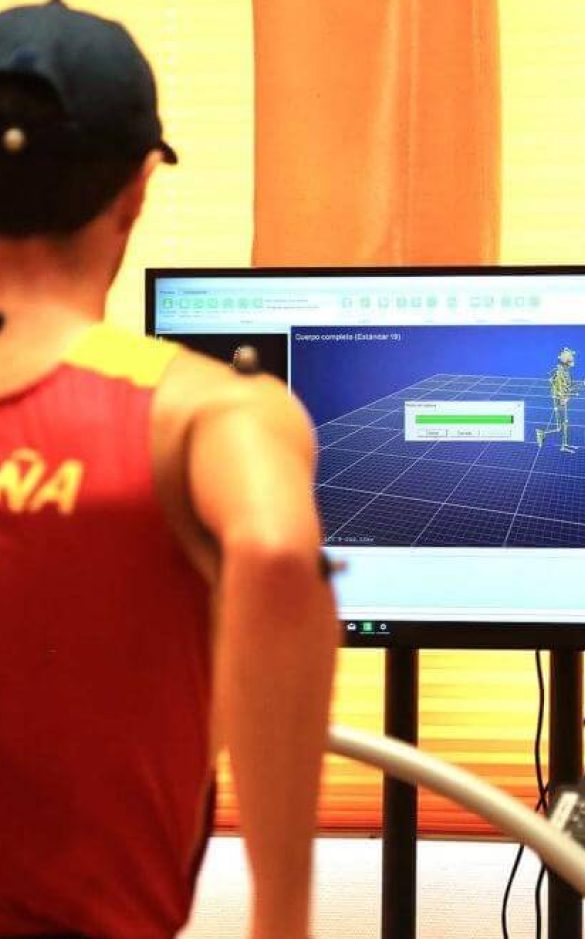Biomechanical Analysis as a Diagnostic Tool
Much like the engine of your car, the human body is more than the sum of its parts — it is a complex organism made up of integrated and interdependent systems that all play a role in human movement. Isolating a single part of the body or zeroing in on symptoms alone to diagnose a patient’s condition inevitably leads to mistreatment or under treatment, often spinning a web of complexities that worsen the patient’s condition.
3D motion analysis lets us look beneath the hood, to view your body’s systems in motion and observe how they interact. It helps us determine whether your symptoms are causative or compensatory, and sheds light on complex problems that involve multiple structures.
A patient presents with prior ankle trauma that appears stable based on clinical testing and diagnostic ultrasonography. However, those diagnostic tools cannot really tell us the whole story. There may be underlying sensory-motor ankle instability that can alter movement along the entire kinetic chain, affecting the knee, hip, pelvis and lumbar spine.
In other words, prior trauma can create compensation patterns that are invisible to the naked eye. They can cause suboptimal and uncoordinated muscle firing patterns that affect other joints, creating a false diagnosis of ankle stability. 3D motion analysis helps us unravel the factors that cause pain and reduce mobility and stability.

































